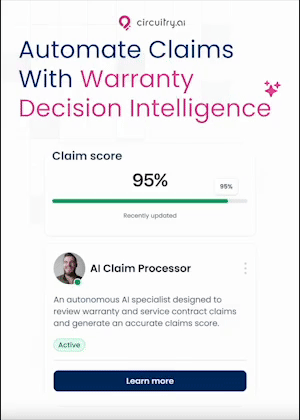 Warranty Week
Warranty Week
Light and Dark Theme
Click to toggle the mode to your preference
Home
Industry
Headlines
Newsletter
Archive
Meetings
Warranty
Statistics
Contact Warranty Week
Subscribe to Warranty Week's Newsletter
Warranty Week Newsletter Archives
You are not connected to the internet.
| Newsletters |
|---|
Showing 1 to 15 of results
Light and Dark Theme
Click to toggle the mode to your preference






